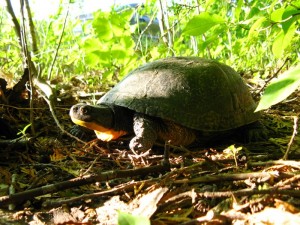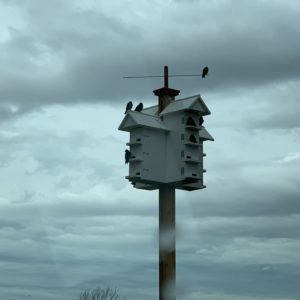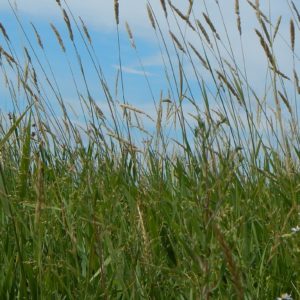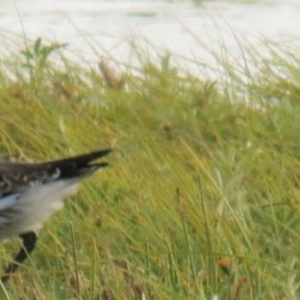Results from the Annual COSEWIC Meeting on status of Canadian Wildlife catches our eye

Ted Cheskey
Senior Conservation Manager – Bird Conservation, Education & Networks
Each year, the Committee on the Status of Endangered Wildlife in Canada (COSEWIC) gathers to review the conservation status of wildlife species living in Canada that may be at risk of extinction.
The committee consists of experts from across the country who review the most current information and best available scientific, community, and First People’s knowledge regarding each species on the agenda. After careful discussion, the committee votes to assign species one of the following statuses: Extirpated, Endangered, Threatened, or Special Concern, Not at Risk, or Data Deficient, the latter meaning that not enough information is available to make a decision.
While these meetings are not open to the public due to the potential sensitivity of information about wildlife species discussed, COSEWIC grants a limited number of individuals within the conservation field permission to observe the proceedings.
Nature Canada has had the privilege of holding “Observer Status” on COSEWIC for many years, meaning we can observe committee deliberations. Nature Canada was instrumental in establishing the Federal Government’s Species at Risk Act, and we continue to push the government to officially schedule species that are recognized by COSEWIC. The lag time for scheduling is far too long for most species, adding to the risks of their demise. For example, the Barn Swallow was assigned Threatened Status by COSEWIC in 2011 but has yet to be scheduled by Environment Canada.
Most recently, Nature Canada was present as the COSEWIC committee met over 6 days in November, 2016 in Ottawa. A total of forty species and populations including 3 birds and 5 reptiles were reviewed.
 The decisions made about several species in particular caught our attention. The Great Lakes’ population of Blanding’s Turtle, which can be credited with stopping a wind energy project from destroying significant coastal alvar habitat in Prince Edward County Ontario (thanks to the hard work of the Prince Edward County Field Naturalists), has been upgraded from “Threatened” to the more perilous status of “Endangered”. Cars and habitat loss continue to harm this highly terrestrial turtle which can live over 80 years.
The decisions made about several species in particular caught our attention. The Great Lakes’ population of Blanding’s Turtle, which can be credited with stopping a wind energy project from destroying significant coastal alvar habitat in Prince Edward County Ontario (thanks to the hard work of the Prince Edward County Field Naturalists), has been upgraded from “Threatened” to the more perilous status of “Endangered”. Cars and habitat loss continue to harm this highly terrestrial turtle which can live over 80 years.
The iconic Monarch Butterfly’s precarious survival was upgraded to “Endangered” from “Special Concern.” Canada’s Monarch Butterflies appear to be in serious trouble at all stages for their lives. In addition, Canada’s caribou populations continue to suffer.
Barren Ground Caribou received “Threatened” status, while the Torngat Mountains population was assigned “Endangered” Status.
Finally, another species reviewed by COSEWIC grabbed our attention this past summer when Partner’s in Flight (PIF) released their 2016 Conservation plan. Featured on the front cover of the plan was an Evening Grosbeak. According to PIF, the species will lose half of its population in the next 38 years. COSEWIC attributed “Special Concern” to this large-billed finch.
In summary, of the 40 species populations discussed at the November meeting of COSEWIC, 13 were assessed to be Endangered, 6 as Threatened, and 11 as Special Concern. Six were assessed as Not at Risk, and 4 as Data Deficient. Fortunately, none of the species assessed were determined to be extirpated or extinct.
To date, a total of 733 species are in COSEWIC risk categories with vascular plants and fish making up approximately half of these. 182 species populations are currently considered Not at Risk, and 57 have been deemed Data Deficient
Now it is up to the Federal government to act on the COSEWIC decisions and schedule these species under the Species at Risk Act so that they can be accorded the legal protection and attention that they need. Please encourage your Members of Parliament to make scheduling of species at risk at priority in the next sitting of the House of Commons.



